“Why now?” asked Paulette Williams, Head of Student Success Projects at UCL and founder of Leading Routes, at the recent Wonkhe @ Home Black Lives Matter event on tackling racism in HE. “Why are so many white people suddenly so keen to understand racism?”
This moment in the history of antiracist activism does feel different somehow – maybe it’s the sheer brutality of the killing of George Floyd, maybe it’s the backdrop of Covid-19 pandemic that’s forced (some) white people to reassess their priorities.
But, as Paulette pointed out, for black people, who have been struggling against racism their whole lives, to the point of exhaustion – often without ever having intentionally signed up to antiracist activism – the sudden intense interest can spark confusion and a bit of scepticism as well.
Will white people still be around when the Black Lives Matter movement is no longer in the public eye, and people are no longer taking to the streets to protest? Are white people there for the long haul, for the work to make a difference on the ground? And are white people prepared for all the ways they’re going to embarrass themselves as we try to do more, and do it better?
There’s so much that came out of the event, and I’m going to try to distill it here and use it to change how Wonkhe thinks and speaks about race and racism, and the actions we take. But the insight that hit home with me, personally, is that there’s no script for white people to adopt, no recipe for perfect ally-ship.
White people don’t get to shake off the consequences of being part of a racist society to achieve a nirvana of Doing the Right Thing and becoming a certified Non Racist Person. We can only try, as honestly, as transparently, and in as informed a way as possible, and be humble enough to accept it when we’re told we can do more, and better, and carry on trying.
Paulette said, make sure that whatever you’re doing to learn and channel your enthusiasm is done with depth. There’s a process between educating yourself on the issues, and heading up antiracist initiatives that requires you to digest how you fit in all this, and how you’ve played a part in what’s happening.
This insight applies to organisations as well. Hillary Gyebi-Ababio, vice president (HE) at the National Union of Students, said that higher education needs to open itself up to criticism and realise that no institution is innocent of racism: “Stop protecting institutional reputation, and start protecting black students, staff and whistleblowers.”
Several institutions have been called out over recent months for presumably well-intentioned but misguided expressions of solidarity with antiracist campaigns on social media. Rather than trying to burnish antiracist credentials, be honest about where more work needs to be done and commit to doing it. “Do not make hypocritical and superficial statements about addressing racism – read the room,” said Randall Whittaker, pro vice chancellor academic at Leeds Arts University. “Make the structural change required for your university to become antiracist, and be an antiracist leader by your actions.”
Understanding and challenging microaggressions
Jason Arday, assistant professor of sociology at Durham University, said that the contours of racism are hard to track. While we all gravitate towards overt acts of racism, which are relatively easy to identify and address if the will is there, it’s the subtle acts, and the microaggressions, that have the long term impact on the staff and students who experience them. Rather than white colleagues offering emotional support after the fact, Jason would prefer colleagues who are prepared to disrupt decision-making spaces in the moment.
How you do this is going to be a product of the circumstance and your personal style. You need to be sensitive to what a microaggression could look like, and be alert to how they might present in the HE context.
It could be an active incident, such as dismissing the arguments of a BAME member of staff at a committee meeting, or interrupting them, or mounting an impassioned defence of meritocracy in the context of discussing promotion and advancement. Or it could be more passive – failure to invite contributions from all present, or the expectation that the BAME member of staff will be the one to raise issues of diversity and inclusion.
And, I think, challenging in these moments isn’t always only about worrying about social discomfort and potentially invoking the ire of a more powerful person in the room. Racism works because people actively or passively collude in it. To challenge is to go against the grain of your tribe’s tacitly understood norms, and that could be why it feels daunting. Do it anyway.
The language and lived experience of BAME
On Wonkhe we do tend to pivot between different terms: “black”, “BAME”, “people of colour” – and it’s something we need to be more conscious about.
Several speakers introduced a robust critique of the term “BAME” (Black, Asian, and minority ethnic). Hillary said that BAME in the sense of being “non-white” puts whiteness back at the centre of analysis of race, and tends to erase the complexity of different lived experiences. At its worst, as both Paulette and Hillary highlighted, it can be used to gaslight black people where data on BAME masks the largest inequities in recruitment, progression and attainment and can be used as an excuse for inaction. “Say black when you mean black,” said Randall. “BAME is used to gaslight and homogenise.”
Marilyn Holness, professor of education engagement and practice and Director of Student Engagement at the University of Roehampton offered a pragmatic approach. “BAME is a tool to record, and monitor, and report,” she said. “But it’s loaded with intersections.” We need to be conscious of the historical shifts that inform our collective adoption of specific terms (rather than simply announcing that something is now the “preferred term”) and be attentive to the lived experience and needs of people who are supposed to benefit from initiatives targeted at BAME groups.
According to Marilyn, that means capturing data beyond what’s covered in the national datasets – asking people about their aspirations, and the barriers they face, then making sure provision addresses these.
Part of this work is making sure the support is there for students to share experiences that may be painful or difficult. Marilyn pointed out that expecting students to explain to academics how what those academics are doing creates barriers for them is asking enormous courage of students.
Hillary spoke about the traumas of experiencing racism, and the necessity of creating community spaces in which people can articulate their experience with other people who share their perspective and are likely to understand, before expecting them to be ready to share it with the institution at large.
Leadership and collective action
To leave the burden of tackling racism only to the people who are affected by it would be an enormous failure of leadership. “White leaders need to reflect on privileges they enjoy and think through how they can use their privilege to address racism in absence of lived experience,” said Randall Whittaker.
At the same time, it’s clear that there is not nearly enough diversity at senior levels of higher education, including among senior academics, executive teams and boards of governors. Randall insists “the talent is there, it exists,” and advocates for institutions to scrutinise whether the search firms they use have subscribed to a code of conduct on reporting transparently on diversity in senior recruitment.
Amatey Doku, consultant at Nous, and host of the event, called for the creation of graduate schemes to diversify progression into both HE professional roles and research roles, for accredited HE race equity training programmes tailored to different professional areas, and sector-wide race equity agreements, including with professional, statutory and regulatory bodies.
Amatey identified a lack of comprehensive institution-wide approaches to tackling racism, and described two contrasting approaches to institutional antiracist action.
The first involves a publicly stated zero tolerance approach to racism, and tasks the equality, diversity and inclusion team, with input from black students and staff, with rolling out voluntary unconscious bias training and mentoring programmes for black students, within existing budget.
The second sees the university executive team commissioning external experts to support a wholesale institution-wide review, and analysis of how different BAME groups are affected by different issues, and priorities for action. All staff and students receive race equity training, and a programme of culture change is overseen by a newly-appointed PVC Inclusion, who is adequately resourced to carry out their work.
It’s no secret which Amatey would prefer to see. In particular it’s noticeable that the first requires enormous amounts of labour from small groups of staff and students, while the second demands engagement and attention from everyone in the institution.
There’s obviously a nervousness among some white people about taking over, and inadvertently silencing black voices. There can also be some anxiety among some black people about risking losing control of the narrative and agenda.
Never mind taking the right kind of whole-institution approach, a lot of attendees to the event wanted some guidance on how to convince leaders and colleagues that there is a problem to tackle in the first place. And all this is happening against a backdrop of reduced resource in universities as a result of Covid-19.
Given the challenges and tensions, soliciting external expertise, being transparent about developing plans and being prepared to change direction all seem vitally important. “Black people should not be expected to come up with solutions to solve their own trauma,” said Hillary, and in light of this, deep reflection is in order on the lines between listening to and acting on lived experience, co-production of interventions, and loading the expectation of innovation and delivery onto black people.
And what of the people who are not in positions of influence or leadership? Some attendees noted that students’ unions and trade unions can both be forums for antiracist action within institutions and a place where collective action can develop. And everyone, no matter their position, could certainly do more to educate themselves on the issues.

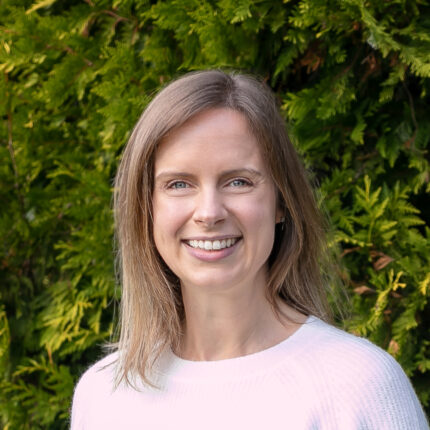



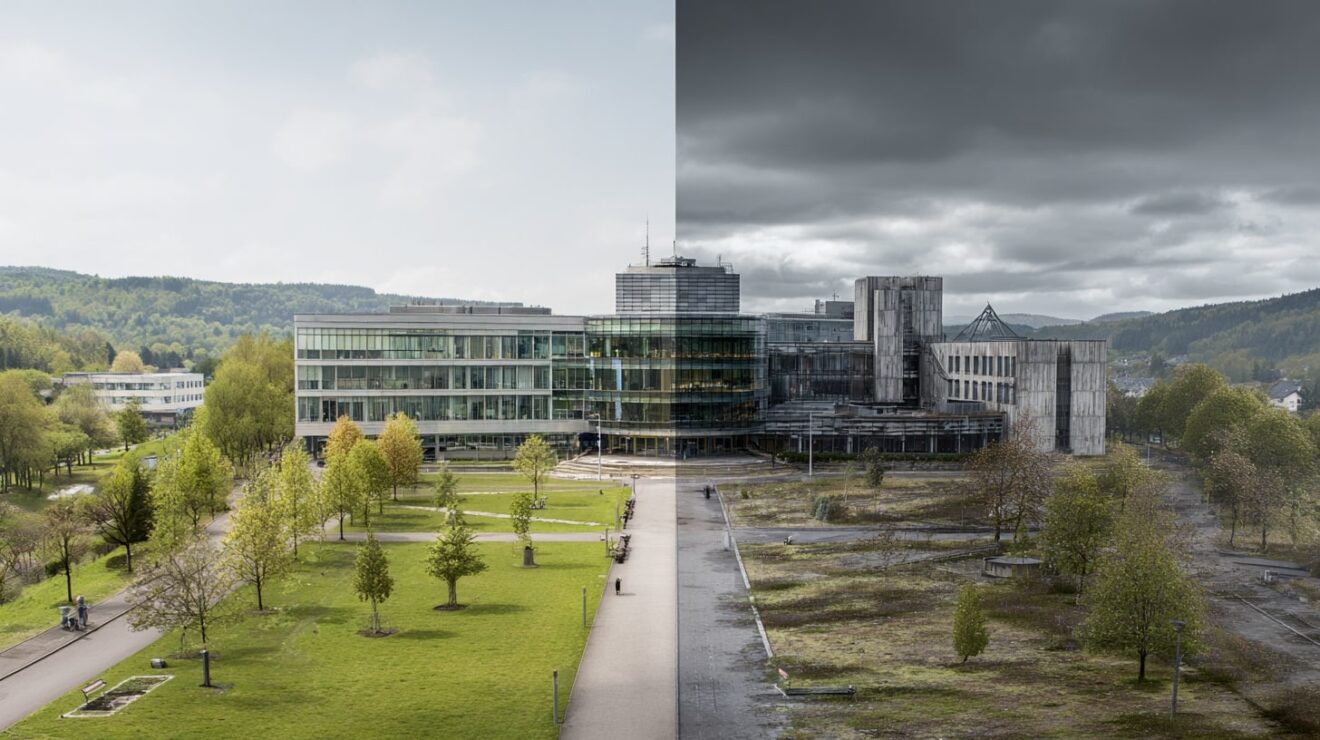
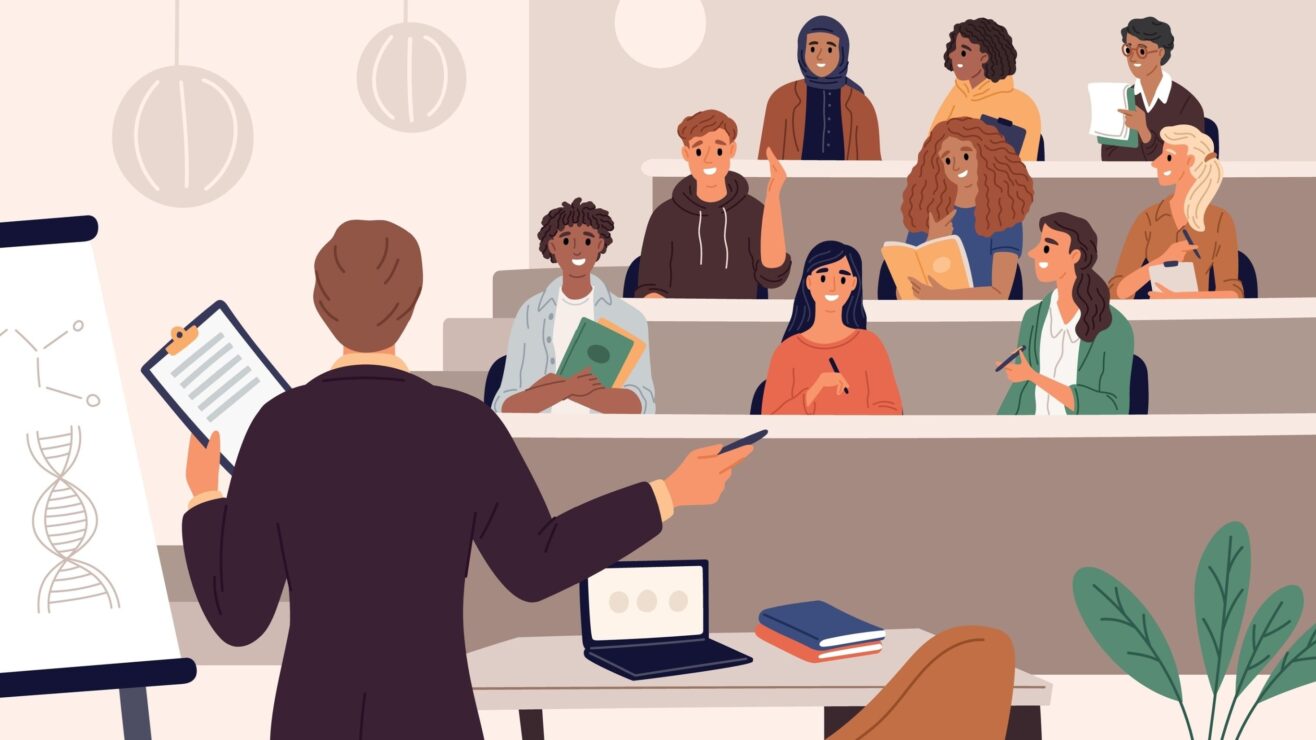




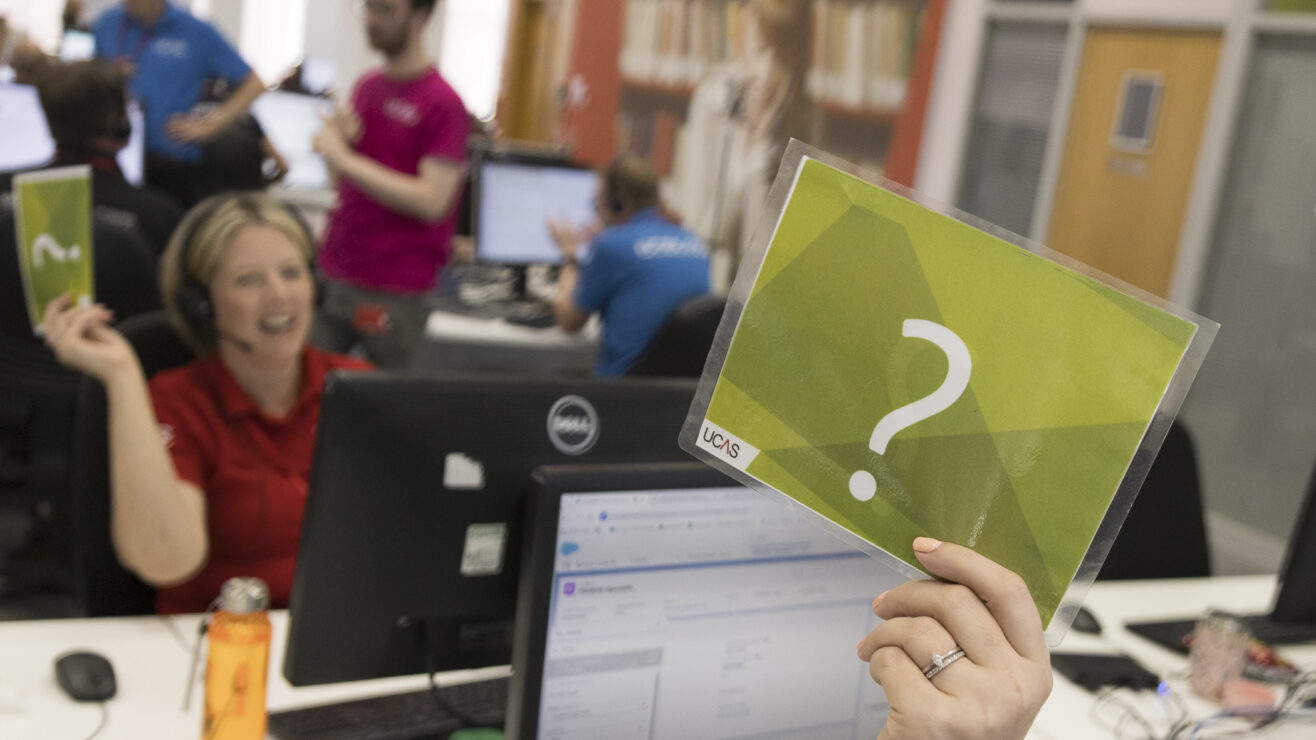
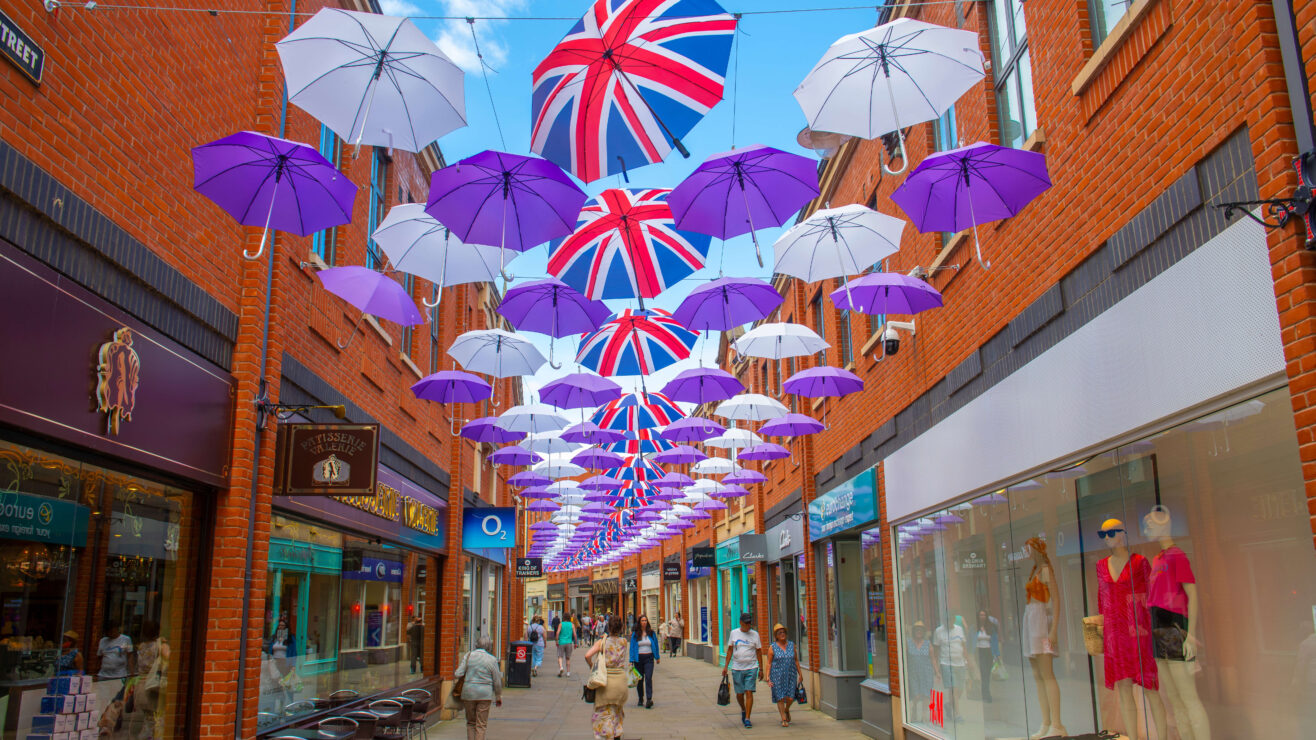

Many thanks for organising this event on Tackling racism in HE. All the speakers made significant points – the need for comprehensive, institution-wide approach to tackling racism, stetting up processes to address racial harassment and discrimination for staff and students, the need for White allies to challenge racist attitudes / microaggressions, providing resources and funds for tackling racism, etc. With regards to the label BAME, my objection to it is not because it homogenises people of different ethnic groups. I think the label is offensive because it puts us into a box as a sub-category of the White norm. If… Read more »